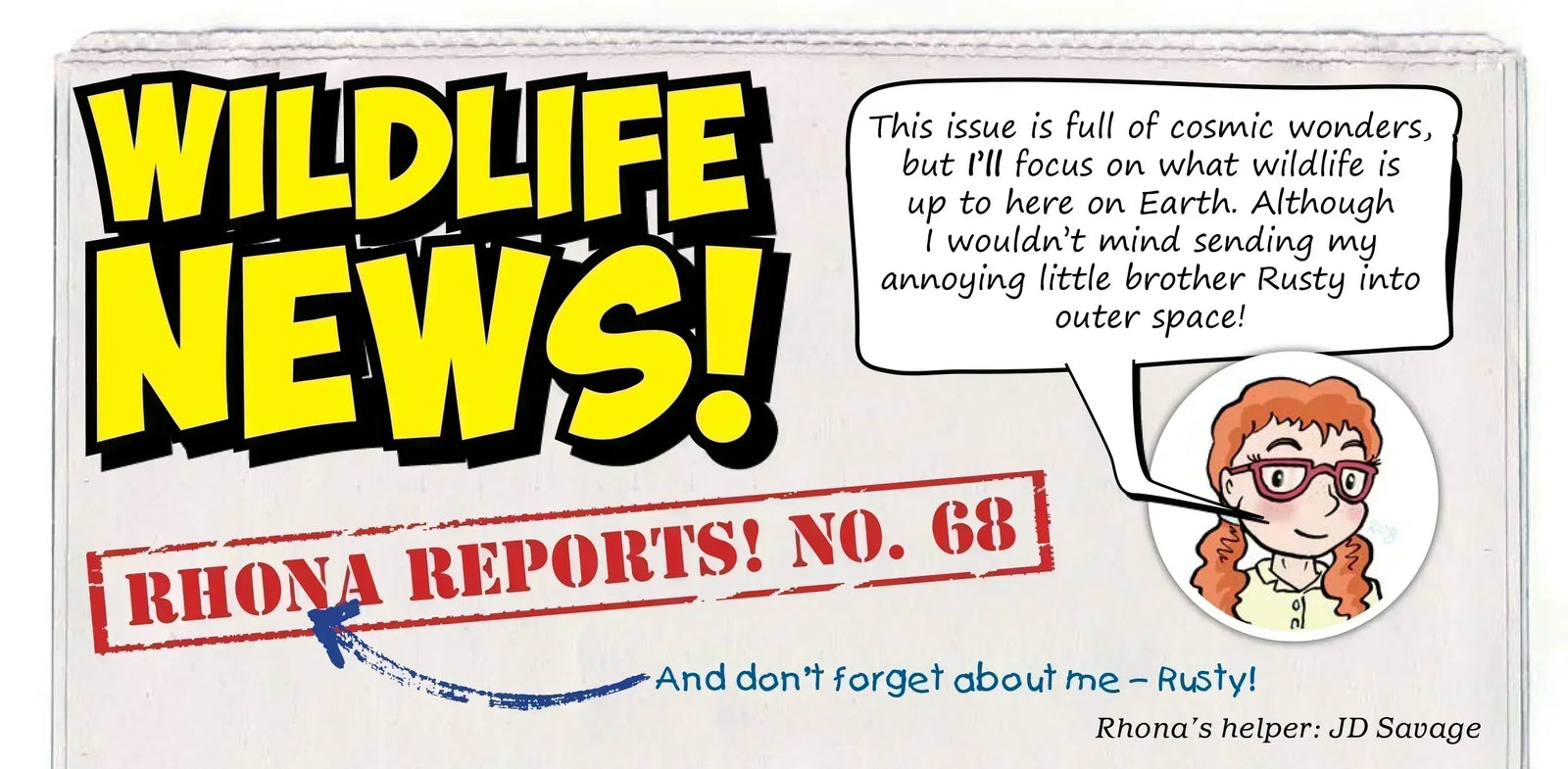Your Cart is Empty
The elegant Japanese crane, with its striking black and white feathers and ‘red crown’, symbolises happiness and long life in Japan. There is even a Japanese legend in which it lives for 1,000 years! This crane appears in the art and artefacts of Ancient Japan. Today, its image is on everything from chopsticks and food labels to the planes of the national airline.
And yet the red-crowned crane was once almost completely wiped out, and remains on the ENDANGERED list. Before we hear how and why it survived, let’s learn a bit more about the bird itself, and what makes it so very special.
Before we hear how and why it survived, let’s learn a bit more about the bird itself, and what makes it so very special.
 LOOKS: It’s hard to imagine a more elegant or eye-catching crane than the ‘tancho’, as it is known in Japanese. The distinctive red patch of skin on the top of the crane’s head changes in brightness, depending on the bird’s mood, similar to the wattle of a chicken. The tancho is the biggest of all the crane species, measuring 1.52 metres high when fully grown (this is probably taller than you!) and weighing 7–10kg. But most impressive is the wingspan – a massive 2.5 metres!
LOOKS: It’s hard to imagine a more elegant or eye-catching crane than the ‘tancho’, as it is known in Japanese. The distinctive red patch of skin on the top of the crane’s head changes in brightness, depending on the bird’s mood, similar to the wattle of a chicken. The tancho is the biggest of all the crane species, measuring 1.52 metres high when fully grown (this is probably taller than you!) and weighing 7–10kg. But most impressive is the wingspan – a massive 2.5 metres!
 SONG & DANCE:‘Snow Ballerinas’ The song: The cranes sky-point and call, raising their wings in a flutter of elegant plumage. Male and female pairs sing a duet to bond them together in a mating ritual. They then sing these duets throughout their lives! The dance: When they get together with their friends, the birds seem to dance for sheer joy! Swooping and diving on enormous, graceful wings, they almost pirouette on their long legs. Strutting, stretching and rustling feathers like costumes, the cranes flap, rise and dip in a beautiful bird ballet!
SONG & DANCE:‘Snow Ballerinas’ The song: The cranes sky-point and call, raising their wings in a flutter of elegant plumage. Male and female pairs sing a duet to bond them together in a mating ritual. They then sing these duets throughout their lives! The dance: When they get together with their friends, the birds seem to dance for sheer joy! Swooping and diving on enormous, graceful wings, they almost pirouette on their long legs. Strutting, stretching and rustling feathers like costumes, the cranes flap, rise and dip in a beautiful bird ballet!
LIFESTYLE: These cranes live a long time – 30–40 years in the wild and up to 70 in captivity. They are monogamous (meaning they mate for life) and usually have just one chick a year.
HABITAT: Tanchos are the most aquatic of the crane family, and live in marshlands and grassy wetlands. They are perfectly adapted for a wet environment, with stilt-like legs and broad feet for swamp or snow walking.
FOOD: Wading in deep water, they forage for shrimps, fish, worms, crustaceans and beetles, even reeds and grasses, picking them out with their long beaks. And right here is where we get back to them being ENDANGERED. In 1924, just 20 birds survived in the marshes of eastern Hokkaido. These birds were hunted almost to extinction at the beginning of the twentieth century, both for their meat and for their bold feathers. But perhaps the biggest threat to red crowned cranes was the destruction of their natural swampy habitat for agricultural development.
And right here is where we get back to them being ENDANGERED. In 1924, just 20 birds survived in the marshes of eastern Hokkaido. These birds were hunted almost to extinction at the beginning of the twentieth century, both for their meat and for their bold feathers. But perhaps the biggest threat to red crowned cranes was the destruction of their natural swampy habitat for agricultural development.
It looked like the end for the red-crowned crane, until…

• Kushiro Marsh, where the cranes lived in Hokkaido, was named a Natural Monument in 1935.
• Hunting the cranes was made illegal.
• In 1950, local people began to feed the cranes in winter, which helped younger birds survive. To this day, farmers in Hokkaido still feed the cranes during the colder months, playing a huge role in saving them.
Protected and supported, the cranes are slowly but surely recovering their numbers. There are now 1,000 cranes in Hokkaido, and approximately another 1,750 more globally.


Comments will be approved before showing up.
What an incredible fleet of rockets you launched into our inbox this month! Each design showed a different way to turn everyday scraps into something extraordinary. Some rockets looked ready for deep-space exploration, others carried alien crews, and a few were so beautifully decorated they could ha...
Meet the winners of our New Zealand postage stamp competition and explore a gallery of brilliant children’s designs celebrating Aotearoa’s unique wildlife.
Here’s a sneak peek straight from our latest issue of Eco Kids Planet, Wonders Beyond Earth. Wildlife News is where Rhona and Rusty round up the wildest real-world stories from across the planet. Enjoy the read! 🌎 Amazing Photo Entries! The Wildlife Photographer of the Year team gave me a sneak...




Herbert Langsford
April 06, 2020
Since seeing a nature program on the cranes I am besotted by this beautiful bird god bless the Japanese!! ❤️